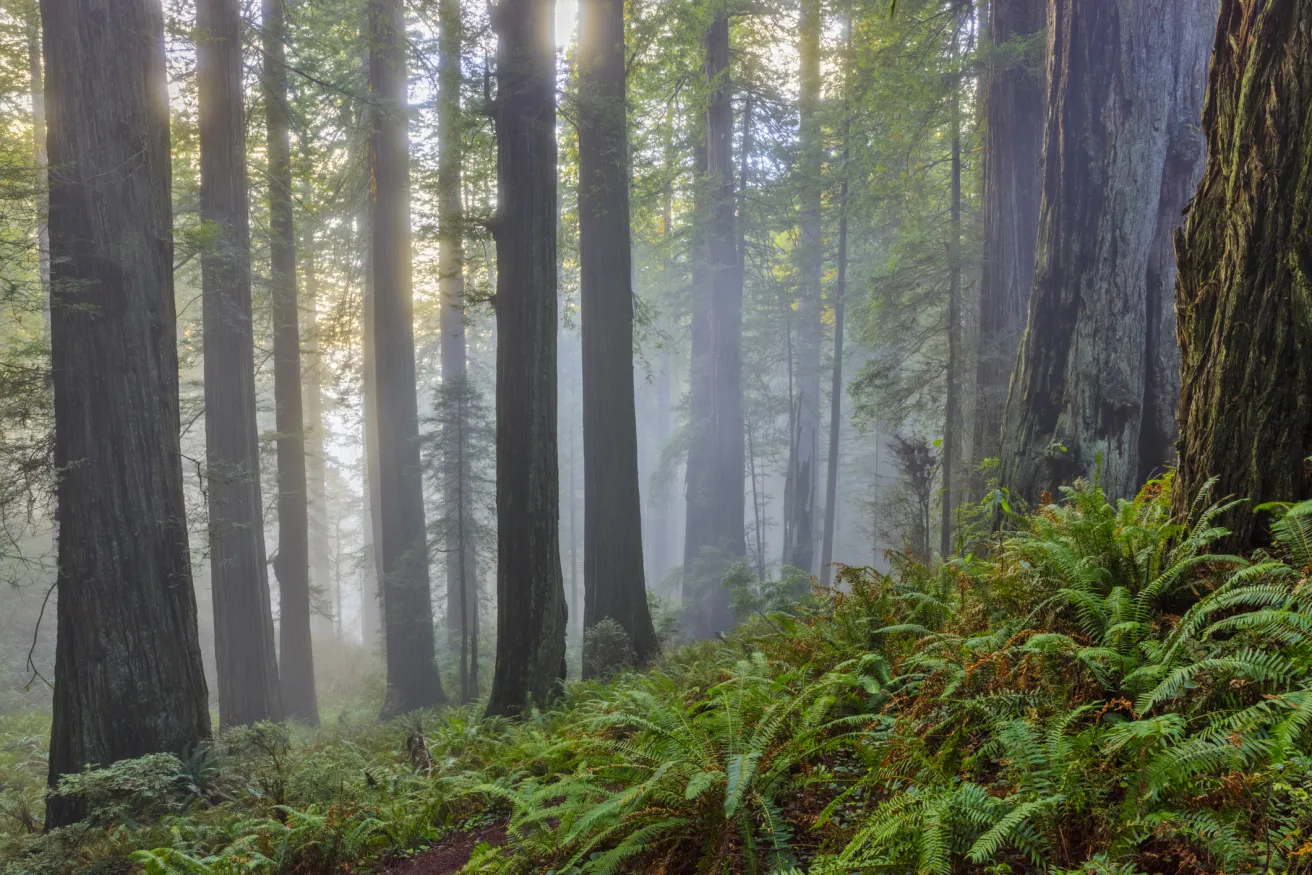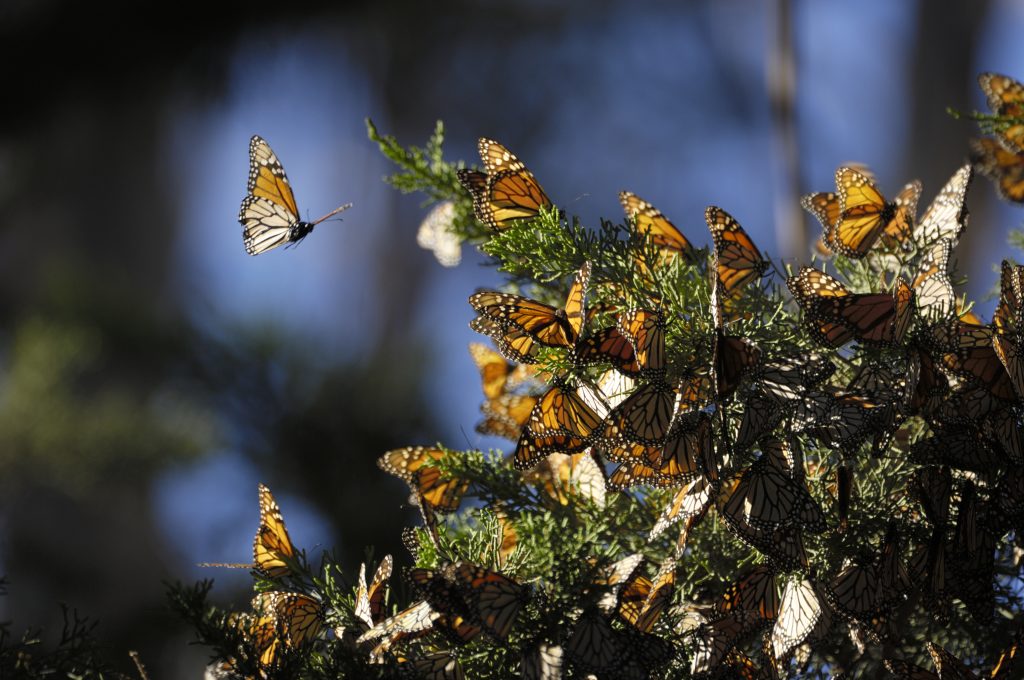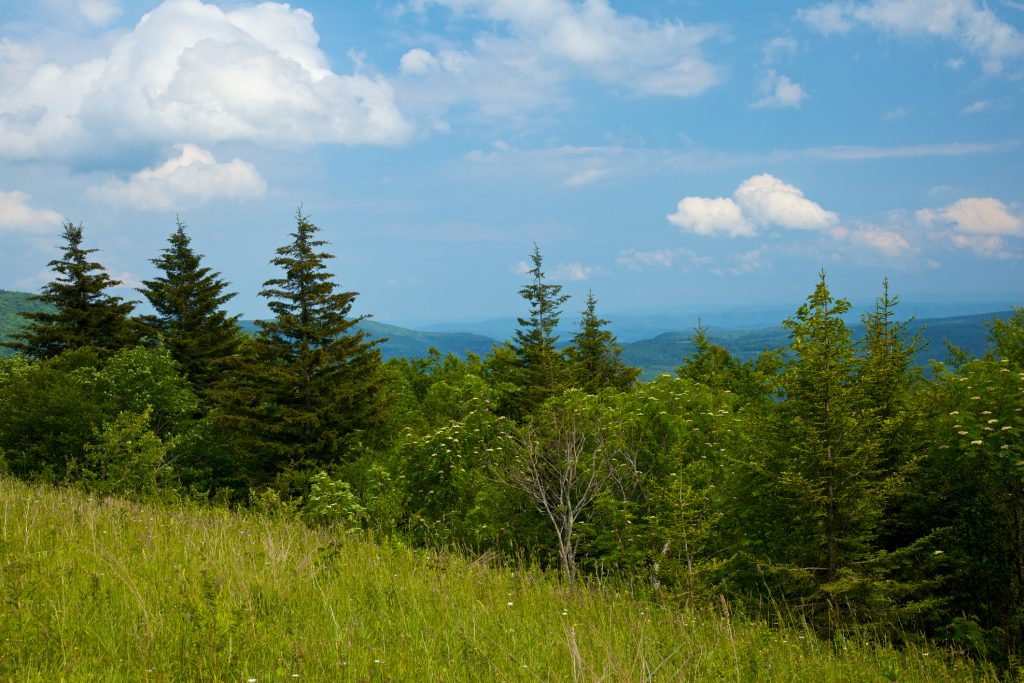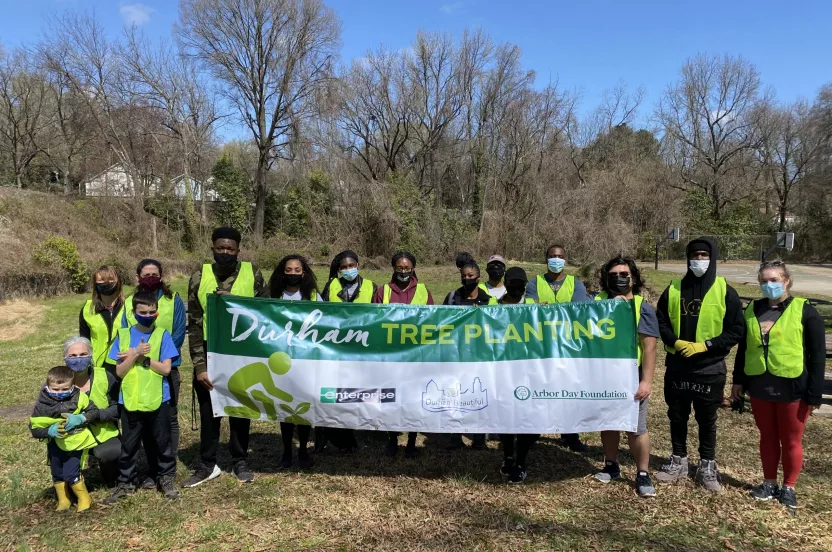Give before midnight on July 31 to double your impact where trees need us most. CHOOSE A PROJECT
Today we celebrate the International Day for Biological Diversity — often simply called Biodiversity Day. The UN established this day as a way of increasing understanding and awareness of issues facing biodiversity around the globe, and this year’s theme is “We’re part of the solution #ForNature.”
As each of us are part of the solution, so are trees. Healthy forests, whether in natural or urban spaces, are key to the health of some of the most biodiverse ecosystems in the world.
Tree Planting in Support of Biodiversity
In my role as Manager of Forest Restoration Programs for the Arbor Day Foundation, I have the privilege of being involved in reforestation work specifically geared toward reestablishing healthy ecosystems that can support a wide variety of plant and animal species. I wanted to take this opportunity to share some of the more recent tree planting efforts that are directly supporting biodiversity.
Restoring Monarch Winter Grounds
With the growing concern around pollinators, more and more work is focusing on protecting their habitat, and one project in particular supports monarch butterflies. Each year, they migrate to oyamel fir forests of southern California and Mexico for the winter. Humidity and temperature in the forest’s microclimate is exactly what the monarchs need to survive, but these forest stands are becoming more rare.
The Arbor Day Foundation is working with the Land Life Company and many other partners to reforest critical Monarch butterfly habitats in Estado de Mexico, Mexico. Efforts to replant and restore degraded areas of the “Zona Nucleo” — the breeding ground for the monarch — is critical because the area has faced illegal logging and wildfires that have destroyed nearly 25% of the already-limited habitat.
This work is critical, as it means not only the survival of the monarch but the continuation of all the biodiversity the butterfly supports as a pollinator.
Read More: Saving the Monarch Butterflies
Supporting Lemurs and the Malagasi People
We have been working with Omaha’s Henry Doorly Zoo and Aquarium and the Madagascar Biodiversity Partnership since 2012. In that time, millions of trees have been planted to reestablish the rain forest cover native to the island.
This ongoing project is focused on reversing the destruction of forest habitat that is home to more than 100 species of critically endangered lemurs and other wildlife species found nowhere else on Earth. With the tree planting efforts also come employment opportunities for Malagasy citizens and education in local schools about the importance of the rain forest.
Over the years, we are finding that this partnership ensures a better future for both the lemurs and the people.
Read More: Arbor Day’s Powerful Impact in Madagascar
Reestablishing Stands of Endangered Trees
Did you know trees can be listed as endangered species? One of the trees on this list is the big cone Douglasfir. Native to a 135-mile stretch of mountains in southern California, big cone Douglasfir trees can grow up to 100 feet tall and live for 700 years. Their defining trait is their large cones, measuring four to seven inches long with large, thick scales.
Unfortunately, wildfire damage throughout the Angeles National Forest (the primary area these trees are found) has left large stands of big cone Douglasfirs charred.
To protect this rare species, we are partnering with Angeles National Forest to plant big cone Douglasfir seedlings in fire-damaged areas. Reintroducing the native trees will not only bring them back from the brink of extinction but also provide critical habitat to black-tailed deer, black bears, and small animals.
Reclaiming Native Landscapes in West Virginia
Reforestation work is underway on the Monongahela National Forest, in partnership with Green Forests Work, to restore stands of native red spruce to an area formerly used for surface mining. While this is important to the overall health of the forest, it is even more important to one of its smallest residents: the Cheat Mountain salamander.
This four-inch-long salamander is a threatened species found primarily on West Virginia’s Cheat Mountain. It relies heavily on the moist environment created by red spruce, as this salamander breathes through its skin and membranes in its mouth and throat.
As red spruce stands continue to develop in the area, the Cheat Mountain salamander’s habitat will become healthier and more abundant. This is a clear path to species stabilization for the small forest dweller. Other species directly benefit from this habitat, including the West Virginia northern flying squirrel (recently removed from the endangered species list), the golden-winged warbler, and several migratory neo-tropical birds.
Connecting Australia’s Fragmented Forests
In the central and northern regions of Victoria, Australia, a wide variety of indigenous plant and animal species can be found. Unfortunately, this area is also one of the most cleared and fragmented landscapes in the country. This has led to the extinction of approximately 40% of mammals original found here, and more than 150 plant and animal species are currently considered threatened.
We are working with local partner Global Evergreening Alliance to reconnect these pockets of forested landscape and restore important ecosystems. Animals that will benefit from these efforts include koalas, gliders, platypuses, lace monitors, and a variety of woodland birds, among others.
Doing Our Part on Biodiversity Day…and Every Day
While we celebrate these efforts today, our tree planting work in support of biodiversity happens every day. There is still more work to be done. I encourage you to think about what you can do to be part of the solution and then do it — every day. Together, we can make change happen.









